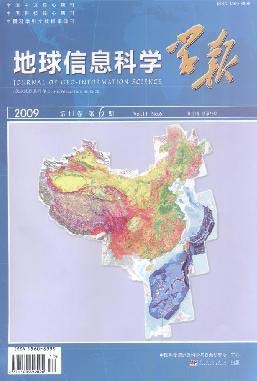ARTICLES
CHENG Weiming, ZHOU Chenghu, CHAI Huixia, ZHAO Shangmin, LI Bingyuan
2009, 11(6): 725-736.
Basic morphological types of land geomorphology in China are made up of two indexes: altitude and relief amplitude.The altitude index is divided into 4 classes,that is: low altitude <1 000m,middle altitude 1 000~3 500m,high altitude 3 500~5 000m,highest altitude >5 000m;relief amplitude is divided into 7 classes,that is: plain < 30m,tableland >30m,hill <200m,low relief mountain 200~500m,moderate relief mountain 500~1 000m,high relief mountain 1 000~2 500m,highest relief mountain >2 500m.Then,the combined basic morphological types are 25 kinds.According to classification system of digital geomorphology,the classification indexes of altitude and relief amplitude are suitable for the whole Chinese continent;the above classified types from these two indexes can be calculated by means of multi-source data,such as DEM,Landsat TM/ETM etc.The experiments show: based on DEM data(such as SRTM-DEM 90m,equivalent to the scale of 1: 250 000),the adopted sampling unit which can be suitable for the whole Chinese continent is 4km2;corresponding to different scales respectively,5 types of sampling units,that is: 0.4,4,12,18,21km2,existing in the whole Chinese continent,can be attained by calculating form DEM data at different scales,such as 1: 100000,1: 4 000000 etc.Because of the complexity and multiplicity of Chinese geomorphology,the geomorphologic features of different regions can not be only reflected by means of elevation value and relief amplitude acquired from DEM data;hence,based on multi-source data such as remote sensing,the spatial distribution of 4 classes of elevation characteristics and 7 classes of relief amplitude characteristics in China can be well represented by means of the geomorphologic boundary acquired from artificial virtual interpretation;furthermore,the area and spatial distribution pattern of 25 kinds of basic morphological types of land geomorphology in China are achieved.
